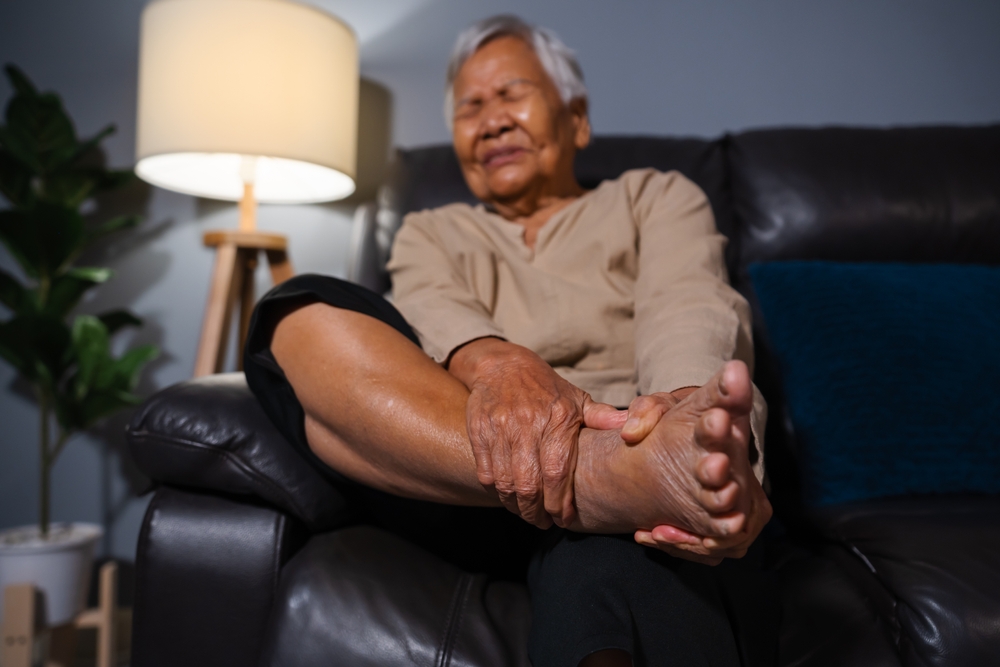As we age, our bodies go through many changes, and our feet are no exception. Years of carrying our weight can lead to wear and tear, making foot pain a common complaint among older adults. Effectively managing foot pain in adults is crucial for maintaining mobility, independence, and overall quality of life. Understanding the causes, exploring foot pain relief options, and focusing on foot pain prevention are key steps toward staying active and comfortable. This guide will walk you through practical ways to care for your feet and find relief from persistent discomfort. Get a consultation with the best Podiatrists in Brooklyn.
Understanding the Common Causes of Foot Pain in Seniors
Foot pain can arise from various conditions, many of which become more prevalent with age. The natural cushioning in our feet diminishes over time, and our skin becomes thinner, making us more susceptible to foot problems.
Age-Related Conditions
Several health issues common in older adults can directly impact foot health:
- Arthritis: Both osteoarthritis and rheumatoid arthritis can cause joint inflammation, stiffness, and pain in the feet and ankles.
- Diabetes: This condition can lead to nerve damage (neuropathy), causing numbness, tingling, or burning sensations. It can also reduce blood flow, making it harder for sores and injuries to heal.
- Plantar Fasciitis: Inflammation of the thick band of tissue that runs across the bottom of your foot, connecting your heel bone to your toes, is a leading cause of heel pain.
- Bunions and Hammertoes: These foot deformities can develop over many years, often due to ill-fitting footwear, causing significant pain and difficulty walking.
The Impact of Lifestyle
Simple lifestyle factors also play a large role. Wearing shoes without proper support, standing for long periods, and weight gain can all put extra strain on your feet, leading to chronic pain.
Strategies for Foot Pain Prevention and Relief
Taking a proactive approach is the best way to handle foot discomfort. Integrating simple habits and effective treatments into your routine can make a world of difference. Here are some proven methods for foot pain prevention and relief.
Choose the Right Footwear
Proper footwear is your first line of defense. Shoes should provide ample cushioning, good arch support, and a wide toe box to prevent cramping.
- Get Measured: Foot size can change over time. Have your feet professionally measured to ensure you are wearing the correct size.
- Avoid High Heels and Flip-Flops: Limit wearing shoes that offer little to no support.
- Consider Orthotics: Custom or over-the-counter shoe inserts can provide extra support and correct alignment issues, offering significant foot pain relief.
Daily Foot Care Habits
Simple daily routines can keep your feet healthy and help prevent problems before they start.
- Daily Inspection: Check your feet every day for cuts, sores, blisters, or swelling, especially if you have diabetes.
- Gentle Stretching: Regularly stretch your calf muscles and the bottom of your feet to keep them flexible and reduce tension. A simple exercise is to roll a tennis ball under your foot for a few minutes each day.
- Maintain a Healthy Weight: Extra pounds put more pressure on your feet. Maintaining a healthy weight can ease this strain.
At-Home Pain Relief Methods
When pain strikes, several at-home remedies can provide immediate comfort:
- Rest and Elevation: Take a break from activities that worsen the pain and elevate your feet to reduce swelling.
- Ice or Heat: Applying an ice pack can reduce inflammation, while a warm soak can relax tense muscles.
- Over-the-Counter Pain Relievers: Nonsteroidal anti-inflammatory drugs (NSAIDs) can help manage pain and reduce inflammation, but always consult with a doctor before starting any new medication.
When to See a Professional Podiatrist
While home care is effective for mild pain, persistent or severe symptoms require professional medical attention. A podiatrist is a doctor who specializes in foot, ankle, and lower leg health. They can diagnose the root cause of your pain and create a tailored treatment plan.
You should consider visiting a podiatry clinic if you experience:
- Pain that doesn’t improve after a week of self-care.
- Numbness, tingling, or burning sensations in your feet.
- An open sore or wound that isn’t healing.
- Pain that makes it difficult to walk or perform daily activities.
- Signs of infection, such as redness, warmth, or pus.
A visit to a podiatry clinic can provide access to advanced treatments, from prescription orthotics to physical therapy and minor surgical procedures. A qualified podiatrist will work with you to find a long-term solution for managing foot pain in adults.
Take a Step Toward Pain-Free Living
Foot pain doesn’t have to be an inevitable part of aging. By understanding its causes, practicing preventive care, and seeking professional help when needed, you can protect your foot health and maintain an active, fulfilling lifestyle. Prioritize your comfort by choosing supportive footwear, incorporating daily foot care, and listening to your body’s signals.
If your pain persists, don’t hesitate to consult a specialist to get the expert care you need. At Doral Health & Wellness, we have Podiatrists with extensive education and expertise. If you’re ready to take the next step in managing your pain, we recommend consulting with our healthcare provider to explore the right treatments or therapies for you. Always listen to your body and adjust your daily routine to prioritize your well-being. It’s not a good idea to put off seeing Foot Doctor Brooklyn until you are in a lot of pain. Our address is 1797 Pitkin Avenue, New York, NY 11212. To make an appointment, please call + 1 718 367 2555 or send an email to info@doralhw.org.






